Tokyo Drifter
7.2 /10 1 Votes
Initial DVD release February 23, 1999 Duration Country Japan | 7.2/10 IMDb Genre Action, Crime, Drama Budget 20 million USD Writer Kohan Kawauchi Language Japanese | |||||||||||||||||||||||||||||||||
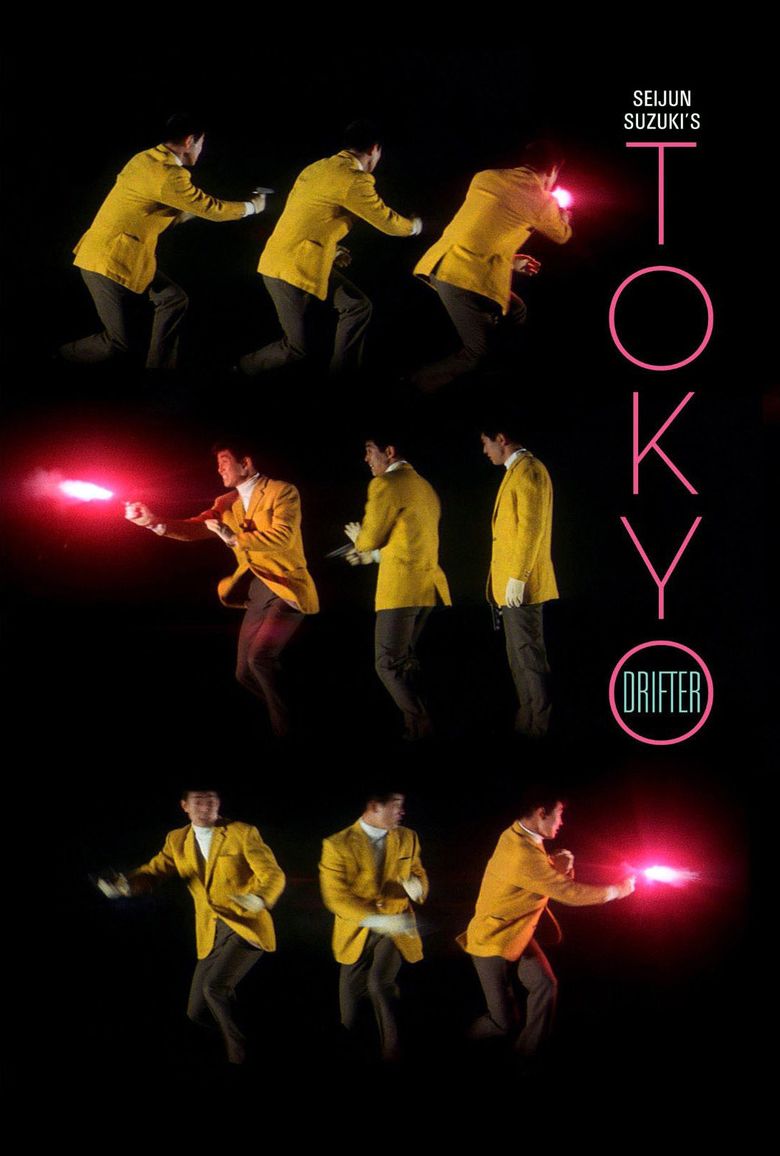 | ||||||||||||||||||||||||||||||||||
Release date April 10, 1966 Cast (Tetsuya 'Phoenix Tetsu' Hondo), (Chiharu), (Kenji Aizawa), Ryuji Kita (Kurata), Tsuyoshi Yoshida (Keiichi), Eimei Esumi (Otsuka)Similar movies The Face of Another , Pigs and Battleships , The Pitfall , Pale Flower , The Pornographers , Crazed Fruit | ||||||||||||||||||||||||||||||||||
Tokyo Drifter (東京流れ者, Tōkyō nagaremono) is a 1966 yakuza film directed by Seijun Suzuki. The story follows Tetsuya Watari as the reformed yakuza hitman "Phoenix" Tetsu who is forced to roam Japan avoiding execution by rival gangs.
Contents
- Tokyo drifter original trailer japan 1966
- Plot
- Cast
- Production
- Themes
- Style
- Reception
- Legacy
- Home video
- References

Tokyo drifter original trailer japan 1966
Plot
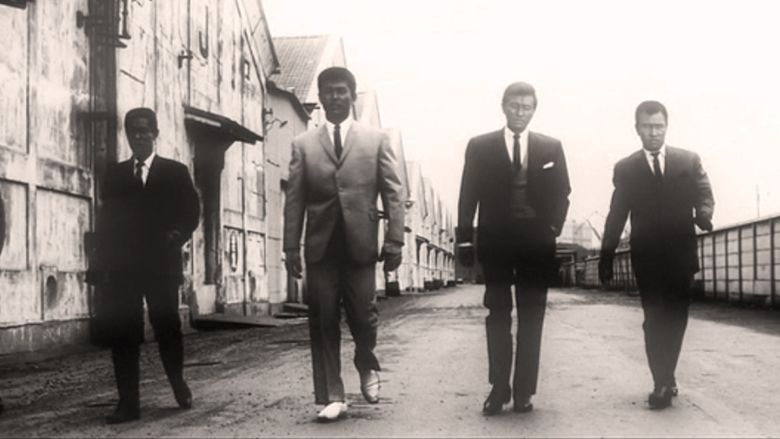
Tetsuya "Phoenix Tetsu" Hondo is a member of a recently deactivated Yakuza gang. His boss, to whom he holds absolute loyalty, Kurata, has given up the life of crime for himself and his syndicate. Otsuka, a rival gang boss, attempts to recruit Tetsu into his organization, but is turned down. After failing, Otsuka sends an assassin to neutralize Tetsu, fearing he will interfere with a real estate scam. Looking to profit from the scheme himself and fearing that his group is threatened by his presence, Kurata asks Tetsu to leave and live the life of a drifter.

Otsuka and Kurata join forces, and assign the successful hitman, "Viper" Tatsuzo, to kill Tetsu. Tetsu evades Viper and his hit squad a number of times and arrives at the establishment of Umetani, an ally of boss Kurata. Tetsu returns to Tokyo, confronting his boss who betrayed him. He kills everyone in the room besides his boss and former girlfriend. At the end of the movie, Kurata kills himself, and Tetsu rejects his former girlfriend Chiharu's plea to allow her to accompany him on his travels. He exits down a pure white hallway, explaining that he has a new allegiance to the wanderer lifestyle, and cannot abandon it for the company of another.
Cast
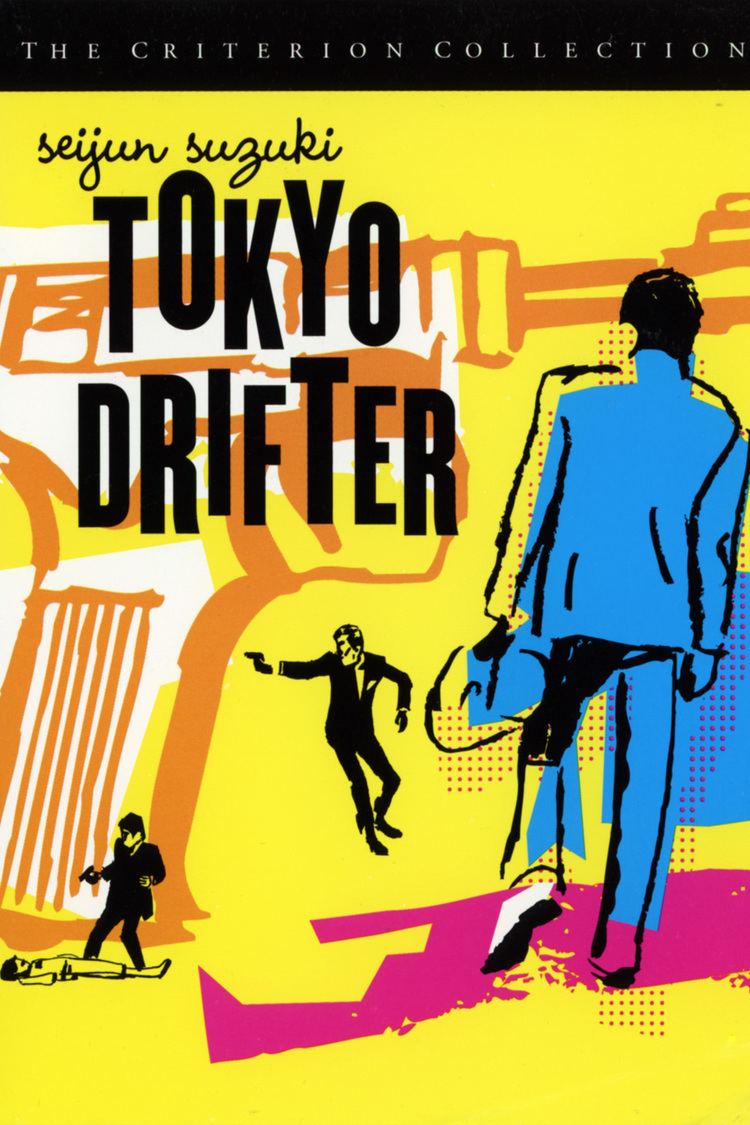
Production
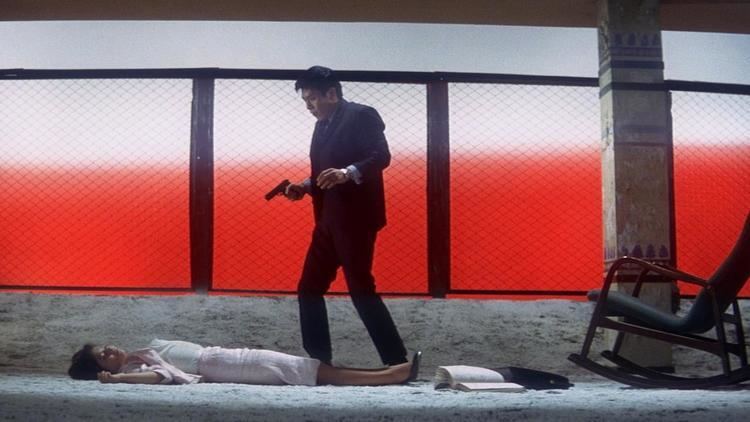
Nikkatsu bosses had been warning Suzuki to tone down his bizarre visual style for years and drastically reduced Tokyo Drifter's budget in hopes of getting results. This had the opposite effect in that Suzuki and art director Takeo Kimura pushed themselves to new heights of surrealism and absurdity. The studio's next move was to impose the further restriction of filming in black and white on his next two films, which again Suzuki met with even greater bizarreness culminating in his dismissal for "incomprehensibility".
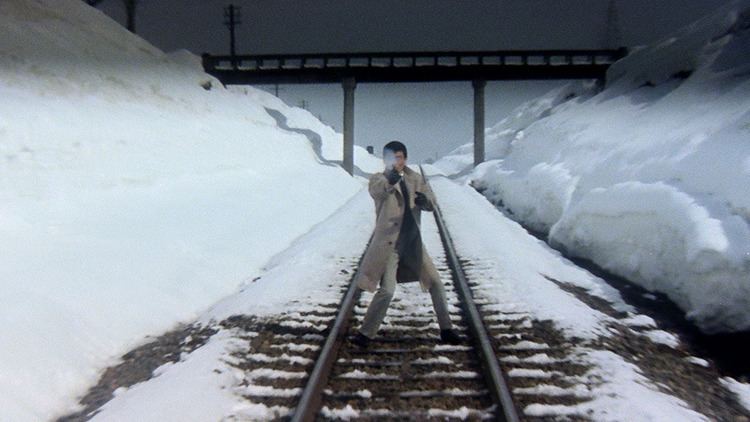
Because of budget limitations, Suzuki had to cut connecting shots out of many fights, leading to a need for more creative camera work.
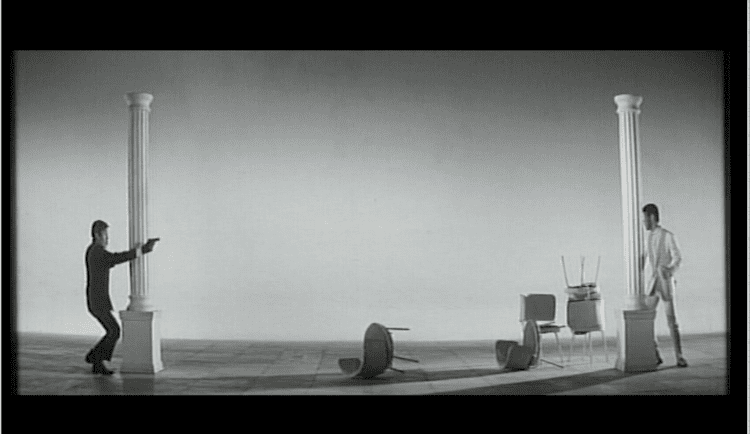
Various shots of Tokyo were used to establish the setting as the then-contemporary post-1964 Japan. Suzuki drew inspiration from a wide variety of sources in making Tokyo Drifter, including the musical films of the 1950s, pop art, absurdist comedy, and surrealist film.
Themes

Suzuki displays common themes found in Yakuza films, particularly the theme of loyalty, to parody the message and presentation of traditional Yakuza films. He uses his depictions of Yakuza relationships to show the inherent weakness of the archetype, particularly the possible abuses of power that can arise from unquestioning allegiance. Further, the common theme of corporate corruption is also parodied in through exaggeration when the main character becomes an expendable retainer. The conventions in the film further parody the conformity of theme and structure apparent in all Japanese film, but especially in Yakuza films of the time, particularly its excesses.
Style
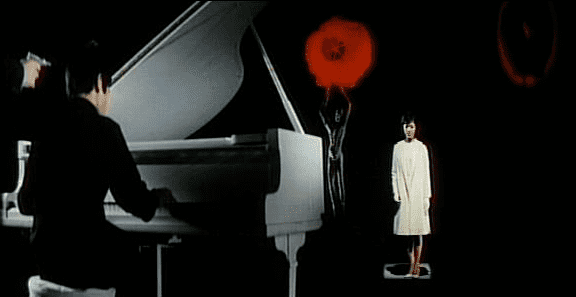
The mise en scène of Tokyo Drifter is highly stylized. Film reviewer Nikolaos Vryzidis claims that the film crosses over into a number of different genres, but most resembles the avant-garde films occurring in the 1960s.

At times, the film draws a good deal of inspiration from westerns. The whistling of the main character Tetsu is reminiscent of cowboy heroes. Near the middle of the film, a large bar fight erupts; this scene is meant to directly parody western films, everyone in the saloon joins in the brawl against United States Navy sailors, and comical violence is used where no one is permanently injured, despite the large-scale violence of the scene.
The majority of the film takes place in Tokyo, but portrays the city in a highly stylized manner. The opening sequence consists of a mash of images from metropolitan Tokyo, meant to condense the feeling of the city into one sequence.
The film opens in stylized black and white, which becomes vibrant color in all subsequent scenes. This served to represent Tokyo post-1964 Summer Olympics.
Reception
Vryzidis claims that Suzuki's later films, once the studio gave him more freedom, never reached the same level of artistic quality as Tokyo Drifter, where the studio attempted to impose a large amount of control over the project.
Tetsu, the main character of the film, has also been well received. One reviewer commented that he always looks "cool", even when he is not the toughest guy in the room.
Stephen Barber called the visualization in Tokyo Drifter "bizarre and individual". Douglass Pratt praised the film for its quirkiness and character. He further stated that the plot of the film does not matter so much as "the gorgeous Pop Art sets, the bizarre musical sequences, the confusing but ballistic action scenes and the film's gunbutt attitude."
Legacy
The film is considered ahead of its time, as it abandoned the themes of the Ninkyo eiga films popular at the time, and combines with themes from the later Jitsuroku eiga Yakuza films, which disavowed the romantic and nostalgic views of the Yakuza in favor of social criticism.
Home video
The Criterion Collection released the film outside Japan in DVD format in 1999. Criterion also released a Blu-ray version in 2013.
References
Tokyo Drifter WikipediaTokyo Drifter IMDb Tokyo Drifter themoviedb.org
